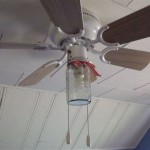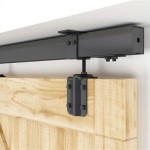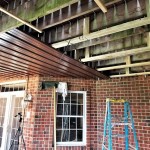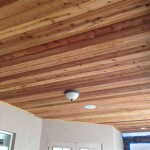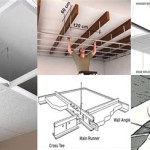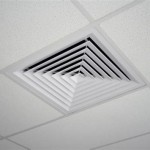Understanding Drop Ceilings: Installation, Benefits, and Considerations
Drop ceilings, also known as suspended ceilings, are a popular choice for both residential and commercial spaces. They offer a versatile solution for concealing electrical wiring, plumbing, ventilation systems, and other infrastructure while providing a clean and finished look. This article will delve into the fundamental aspects of drop ceilings, exploring their installation process, associated benefits, and important considerations for potential users.
Installation Process of Drop Ceilings
Installing a drop ceiling involves a relatively straightforward process, typically requiring minimal specialized tools and skills. The steps involved in installation are outlined below:
- Preparation: The first step involves clearing the area where the ceiling will be installed, removing existing light fixtures, and ensuring the space is clear of any obstructions.
- Framing: A grid system of metal or wood framing is installed, suspended from the existing ceiling joists. The grid typically consists of T-bars that run perpendicular to each other, creating a framework for the ceiling panels.
- Panel Installation: Ceiling panels, made of various materials such as drywall, acoustic tiles, or metal, are then fitted into the grid framework. The panels are typically held in place by clips or springs.
- Finishing: Once the panels are installed, any necessary trim, molding, or other finishing touches are added to create a cohesive and polished aesthetic.
It's important to note that the installation process may vary depending on the specific type of drop ceiling, the building's architecture, and the materials used. For complex installations or projects involving specialized lighting or acoustic requirements, seeking professional assistance from qualified contractors is strongly recommended.
Benefits of Utilizing Drop Ceilings
Drop ceilings offer a range of benefits, making them a popular choice for diverse applications. Some of the key advantages include:
Accessibility and Maintenance
One of the primary benefits of drop ceilings is their accessibility. The suspended nature of the ceiling allows for easy access to the space above, providing convenient access for maintenance, repairs, and upgrades to electrical wiring, plumbing, or HVAC systems. This ease of access significantly reduces the disruption and inconvenience associated with accessing these systems through traditional ceilings.
Aesthetics and Design Flexibility
Drop ceilings offer a wide range of design options, enabling users to personalize their spaces according to their aesthetic preferences. The availability of various materials, colors, and textures allows for a high degree of customization. Additionally, the suspended nature of the ceiling allows for the incorporation of integrated lighting fixtures, ventilation systems, or even decorative elements, creating a unique and visually appealing atmosphere.
Soundproofing and Noise Reduction
Drop ceilings can significantly contribute to noise reduction and soundproofing, particularly when using acoustic ceiling tiles. These specialized tiles are designed to absorb sound waves, effectively dampening noise levels within a space. This feature is particularly beneficial in environments where noise control is crucial, such as offices, schools, or recording studios.
Considerations for Using Drop Ceilings
While drop ceilings offer numerous benefits, it's essential to consider certain factors before implementing them in a project. Some key considerations include:
Space Reduction
Installing a drop ceiling will inevitably reduce the overall height of a room, creating a lower ceiling height. This reduction in height can be noticeable, particularly in spaces with initially low ceilings. Before deciding on a drop ceiling, careful measurements and consideration of the impact on overall space are essential.
Cost and Material Selection
The cost of installing a drop ceiling can vary significantly depending on the size of the space, the chosen materials, and the complexity of the installation. For example, a basic drop ceiling with standard drywall panels might be less expensive than a specialized ceiling featuring acoustic tiles or intricate lighting fixtures. It's important to budget accordingly and carefully evaluate the costs associated with materials, labor, and any additional features.
Maintenance and Cleaning
While the accessibility of drop ceilings facilitates maintenance and repairs, they may also require occasional cleaning. Depending on the materials used, dust can accumulate on the panels, requiring regular cleaning to maintain a clean and presentable appearance. The frequency of cleaning will depend on factors such as the environment, the level of foot traffic, and the selected materials.

What Is A Drop Or Dropped Office Ceiling Progressive Cabling

A Full List Of Suspended Ceiling Accessories You Need To Have

Acoustical Ceiling Geba Interiors

Home Interior False Ceiling Types

Acoustic Suspended Ceilings Transforming Interiors Space

Diffe Types Of False Ceiling Or Dropped Wishfin

Home Interior False Ceiling Types

False Ceiling What Are They Suspended Ceilings Qld

False Ceiling What Are They Suspended Ceilings Qld

Indoor Suspended Ceiling Tile 600 15mm Acoustic Sound Absorbing Made In China Com
Related Posts

